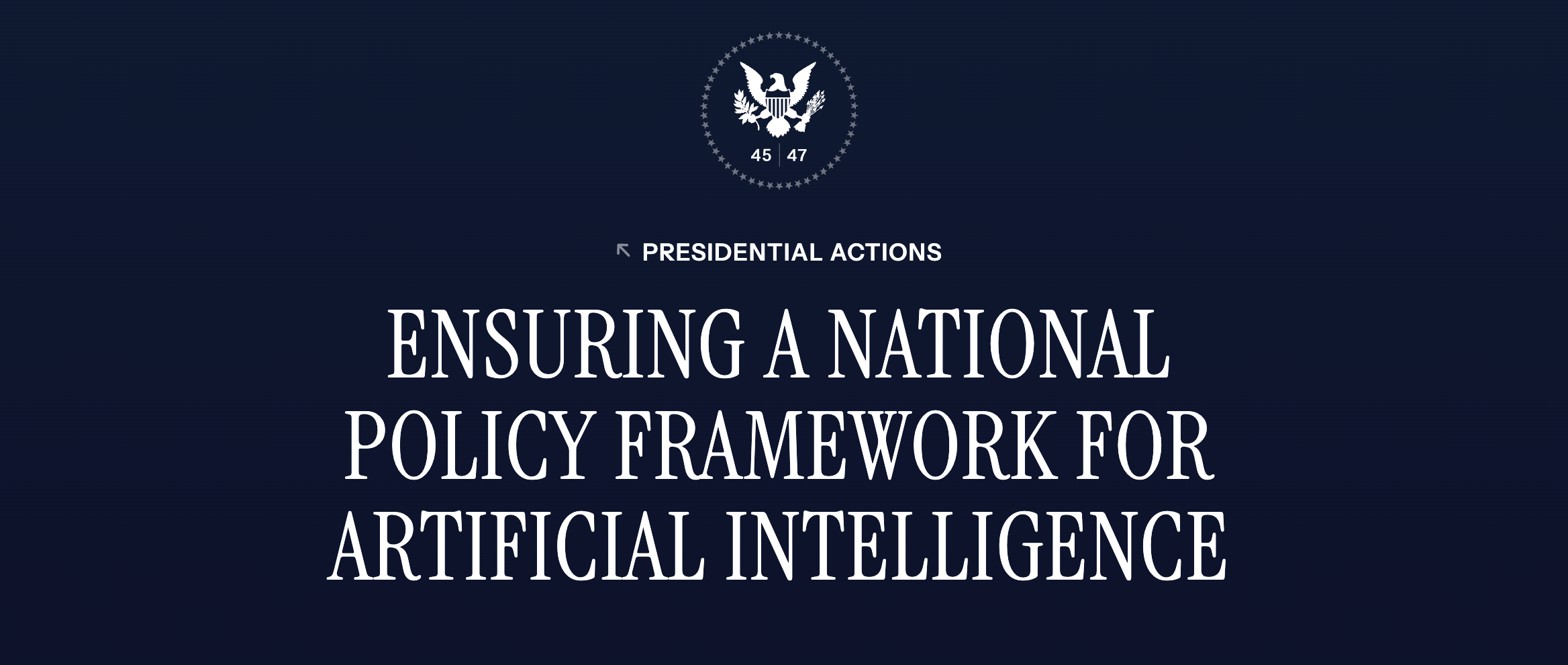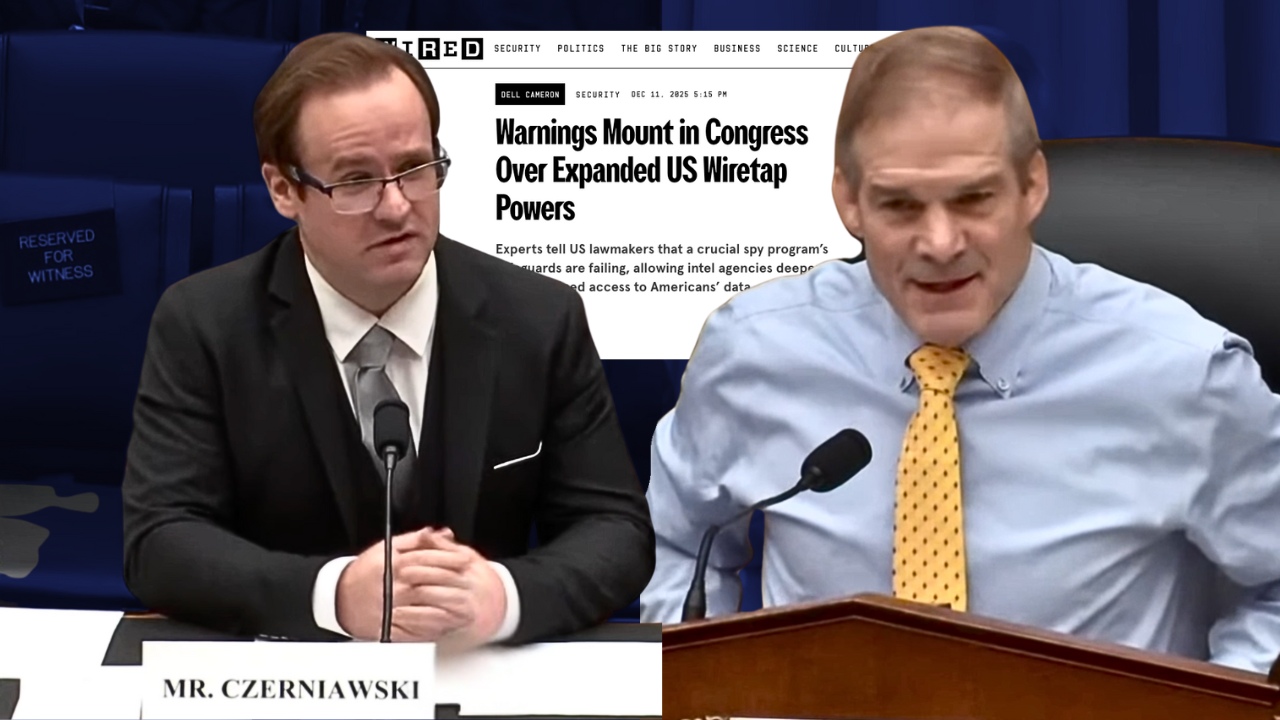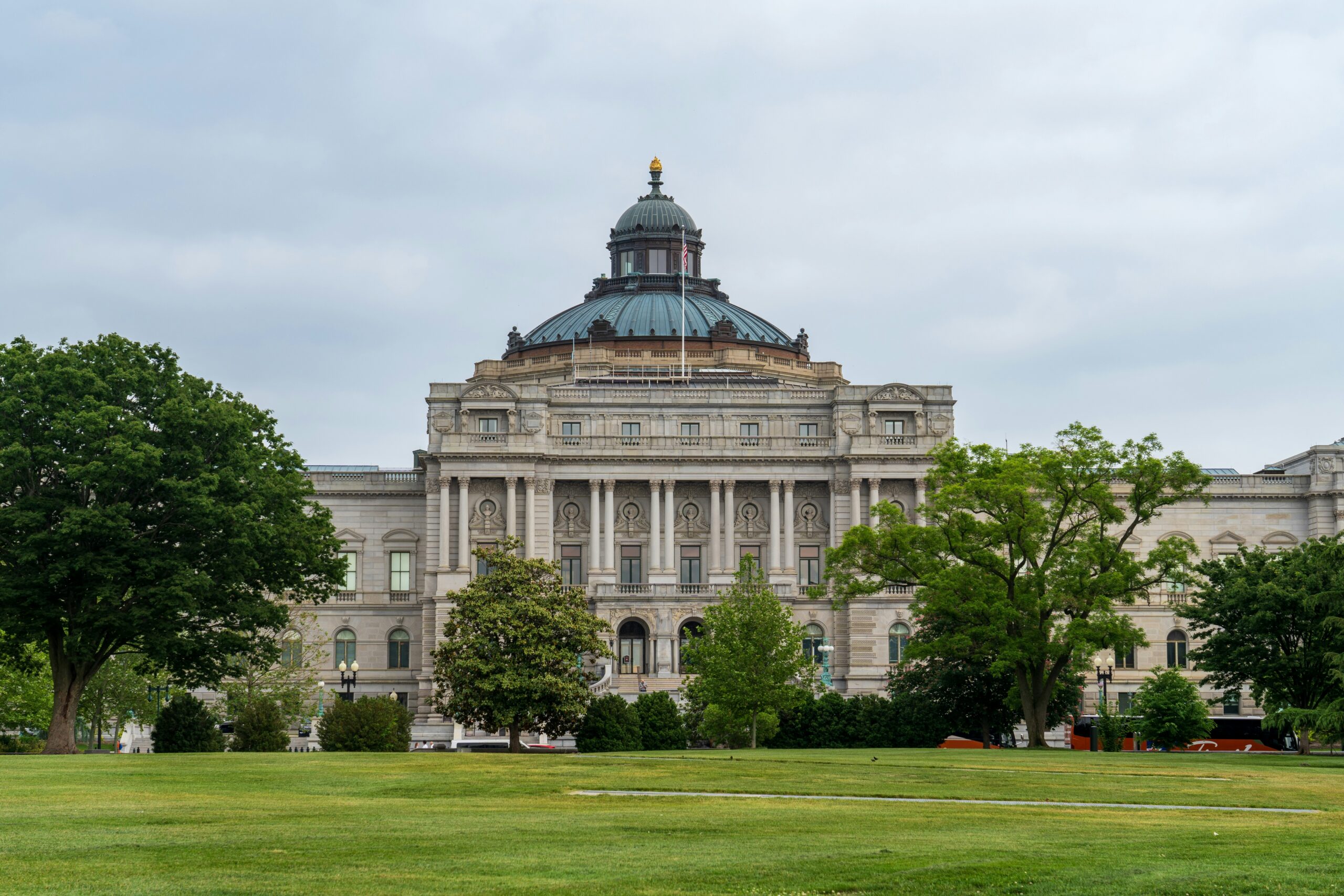A slippery slope argument is correct when it takes time to explain how reasonable initial ideas can lead to a disastrous outcome that proponents did not foresee.
Just such a slippery slope happened in the case of South Africa’s anti-smoking policies. The first step came after South Africa’s apartheid era when discussions began on the future shape of public health services in the country. General smoking rates were high in 1993 – 33% of South Africa’s adult population (or 7.6 million individuals) were active smokers. A total of 8% of adult deaths, or more than 20,000 cases per year, were attributable to cigarettes. When looking at the prevalence of smoking by race in 1995, 19% of all Black South Africans took up the practice, as did 37% of the Coloured community and 22% of Indians.
To the country’s burgeoning healthcare community, this situation implied people could not escape the scenario without powerful government help. The blueprint came when South Africa attended the World Health Organization’s 1986 Ottawa International Conference, the first meeting that popularized the notion of anti-tobacco health promotion. Instead of individual-based strategies, South African policymakers and experts became convinced that they could manipulate the environment ordinary consumers lived in, using the force of policy levers to engineer equal access and outcomes in healthcare.
Patricia Lambert and Professor Olalekan Ayo-Yusuf are two representative individuals in this story. Lambert served a pivotal role as legal advisor to the South African Government during the presidencies of Nelson Mandela and Thabo Mbeki (from 1997 to 2006). During that period, she was Chief Negotiator for the government on the WHO’s Framework Convention on Tobacco Control (FCTC), helping to transfer the anti-tobacco health promotion method directly into South African domestic law. In 2018, she reiterated support for the FCTC approach as the proper evidence-based option for South Africa and the world.
For his part, Professor Ayo-Yusuf is the only member of the WHO Tobacco Regulation Scientific Group from the African Region. He is a prolific academic and public presence and the author of 178 scholarly articles on health. At least 75 of his articles relate to tobacco and smoking policy, like a widely-cited article on acquiring and managing healthcare information. In his media interventions, Ayo-Yusuf has depicted South African smokers as victims of corporate machinations and recommended government intervention as the appropriate cure.
Yet despite its growing popularity in academic and policy circles, the health promotion framework has not handled failure well. In 1994, the freshly elected African National Congress took the lessons of the Ottawa conference to heart and passed mandatory regulations for explicit advertisements, labeling, and packaging, and raised excise taxes on cigarettes by 25% as part of a gradual plan of phasing in extra levies till they represented 50% of a cigarette pack’s retail price. However, efforts resulted in a very modest decline in smoking rates from 33% to 30% in 1996, remaining one of the highest in the world.
Rather than interpret the setback as a shortcoming on the part of the model, practitioners believed the outcome confirmed their initial suspicions. Individuals were supposedly still ensnared by powerful economic interests. The companies that reported a rise in illegal smuggling were accused of trying to cover for their non-compliance. The screws began to tighten with each new law. The Tobacco Products Control Amendment Act 12 of 1999 (a supplement to the earlier 1993 Act) introduced a prohibition on the advertisement and promotion of tobacco products. The 2008 Amendment Act 63 extended regulations to importing companies and harshened penalties. Nonetheless, results continued to be disappointing – by 2015, though overall rates sharply declined to 17,6%, smoking prevalence was still high among Black South Africans (17.7%), Coloured communities (43.1%), and Indians (23.5%).
Punishments culminated in a complete ban on tobacco sales during the country’s 2020 pandemic lockdowns. The ban represented the endpoint of the same health promotion mindset that has gripped South Africa for the past thirty years, with officials claiming that South Africans needed to be rescued from their vices, especially given the risks of the COVID-19 pandemic. Yet subsequent analyses showed the ban did not have a substantial effect on smokers (93% of them retained the habit) and shifted the market from official suppliers into the hands of the illegal black market, increasing prices by 240%. The ban was lifted after five months, and legal sales returned to their pre-ban state, minus a markup of 3.6%, leaving scant evidence of a change in smoking habits.Preventing a similar slippery slope from happening again requires nothing less than a change in policy mindset. Top-down frameworks remain vulnerable to mission drift because they ignore citizens’ beliefs, preferences, and circumstances around smoking, encouraging policymakers to keep “correcting” unintended behavior and spelling disaster for everyone involved. By contrast, a harm reduction approach both accepts the harms related to smoking and respects each individual’s power to choose. In doing so, it aims to reduce smoking rates by expanding, instead of reducing, the options available to everyone. The expansion does not just include conventional nicotine replacement therapy but recognizes the effectiveness of products like vapes as smoking cessation aids. The right international model to follow for anti-smoking is Sweden, which will soon be the first smoke-free country in Europe. Embracing harm reduction would finally put South Africa on the right track to a healthier future.




